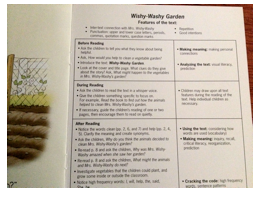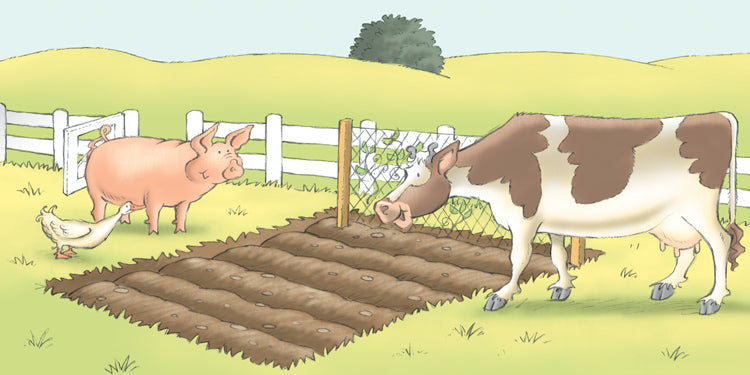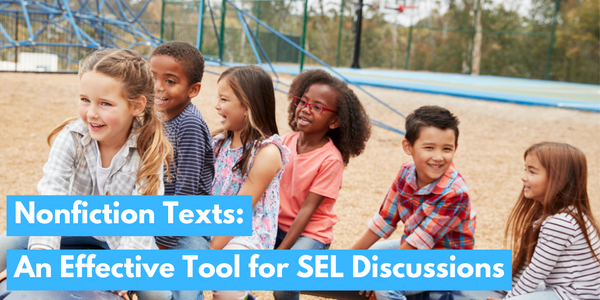
This is a guest blog post. It's authored by special guest blogger Paula Dugger, who is an educational consultant with a rich-literacy background that includes serving as a Reading Recovery Teacher/Teacher Leader, first grade teacher, Title I and high school reading teacher, as well as a Reading Coordinator. Hameray is thrilled to be able to share with you Paula's classroom-tested ideas and experience in helping young learners achieve their early literacy goals.
A well-planned book introduction that considers the strengths and weaknesses of the reader(s) will help ensure a good first reading of a new text by the reader(s). However, no one-book introduction “fits all” and the teacher should plan each introduction carefully to meet the needs of the reader(s).
Using meaning , structure and visual information in the introduction of an appropriately leveled and selected text will help ensure a good first reading by the child.
- M-meaning (give an overview of the story) . The reader needs to know what the story is about before reading. Adults only choose books after recommendations or reading a review of the book.
- S-structure (review any difficult or predicted trouble spot with the student) . The beginning and emergent reader does not have command of all the various sentence structures in their oral language and will need help in developing various language structures. This element of the book introduction is also vital in helping second language learners.
- V-visual (have the student locate 1 or 2 known or unknown words prior to reading) Helping a reader locate an unknown word throughout a new text as an anchor often helps in confidence building in tackling a new text. The same is true when asking the reader to locate a new word based on visual information.
Below is a sample book introduction using Joy Cowley’s
|
M |
|
|
|
S |
|
|
|
S |
|
|
|
V |
|
After the book introduction using MSV have the reader(s) attempt a first reading on their own with the teacher silent. If needed the teacher can read with the students in a choral reading for a second reading.
Hameray books often have a brief introduction on the back of the book.

The inside back cover also contains ideas for before, during and after reading.

~~~
Paula Dugger has a B.S., M.Ed., and Reading Specialist Certification from The University of Texas at Austin and Reading Recovery training through Texas Woman’s University. Paula does educational consulting and training through Dugger Educational Consulting, LLC and can be contacted at np.dugger@att.net
Paula and her husband Neil are parents to two wonderful daughters, Alicean and Ashley, two sons-in-law Kevin and Patrick, and grandparents to Carter. She also raises registered Texas Longhorns on the weekends. The longhorn cattle are featured in her first book published by Hameray Publishing Group, titled Longhorns .
For more information on Joy Cowley Early Birds books click the image below
.





 Texts with patterned phrases can be addressed through structure. To highlight or plant a specific phrase structure into the child’s mind, the teacher might say while pointing to the pictures, “Let’s
look
at the
pictures
to see who
will help.
The (cow)
will help
. The (pig)
will help
, etc.
Texts with patterned phrases can be addressed through structure. To highlight or plant a specific phrase structure into the child’s mind, the teacher might say while pointing to the pictures, “Let’s
look
at the
pictures
to see who
will help.
The (cow)
will help
. The (pig)
will help
, etc.
 The predicable text pattern changes on the last page. The teacher might say, “Mrs. Wishy-Washy cried, ‘Where is my garden?’ Can you say ‘Where is my garden?’ Say it again like you think she would say that.”
The predicable text pattern changes on the last page. The teacher might say, “Mrs. Wishy-Washy cried, ‘Where is my garden?’ Can you say ‘Where is my garden?’ Say it again like you think she would say that.”
 To help students use visual information on a potential unknown word, the teacher could say, “On page 2 it says the cow ‘
will help
clean
the garden’
. What do you think
clean
would start with? Can you find a word that starts with that letter (or letters) on this page and frame it so that I can see that you found it?”
To help students use visual information on a potential unknown word, the teacher could say, “On page 2 it says the cow ‘
will help
clean
the garden’
. What do you think
clean
would start with? Can you find a word that starts with that letter (or letters) on this page and frame it so that I can see that you found it?”


